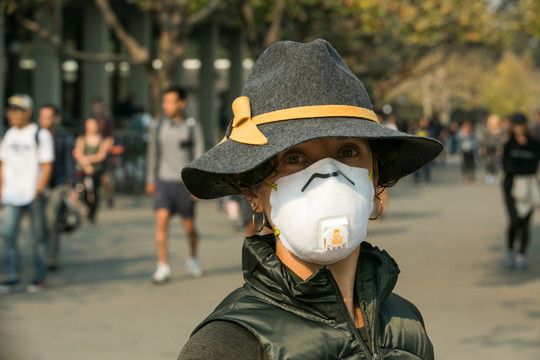“It’s an emergency because fire season is upon us,” Marquez says. “Workers are already being exposed to some of this fine particulate matter while they’re working outside, and they don’t have this protection.”
Harmful wildfire smoke has long been common in the Central Valley and in Southern California. But last year Northern California fires smothered San Francisco in more than a week of days deemed unhealthy on the AQI, and bad air hovered for almost two weeks in San Jose and Santa Rosa.
Quantifying the hazard of wildfire smoke is difficult for geophysical reasons: Smoke interacts with weather and wind patterns, for example, which is why the Bay Area’s inversion layers have locked pollutants in place for longer periods of time. And particles of the same size can contain different combinations and different amounts of toxicants.
At the same time, research is establishing stronger evidence that breathing smoke bears long-term health impacts as well as the acute ones during the fire itself. A study published last year projected that premature deaths associated with wildfire smoke could double nationally by century’s end.
Trade groups and the Chamber of Commerce have not objected to the rule in principle, but have critiqued it as “impractically vague” and broad in scope. State workplace officials are already moving toward a permanent regulation, with a meeting scheduled August 27th.

